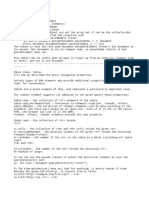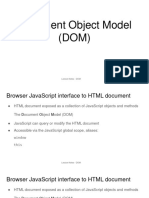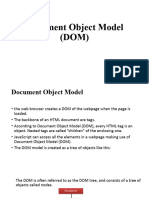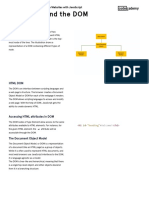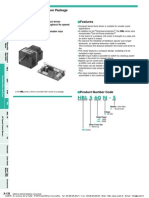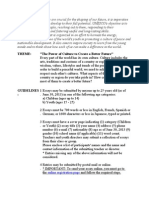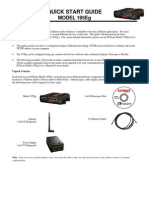0% found this document useful (0 votes)
73 views13 pagesJS6 ClassNotes
The document outlines the foundational elements of web development, focusing on HTML for structure, CSS for styling, and JavaScript for logic. It explains the importance of the DOM (Document Object Model) in web pages, detailing how to manipulate it using various JavaScript methods for selecting and changing elements. Additionally, it includes practical exercises for creating and modifying HTML elements dynamically using JavaScript.
Uploaded by
Raj GuptaCopyright
© © All Rights Reserved
We take content rights seriously. If you suspect this is your content, claim it here.
Available Formats
Download as PDF, TXT or read online on Scribd
0% found this document useful (0 votes)
73 views13 pagesJS6 ClassNotes
The document outlines the foundational elements of web development, focusing on HTML for structure, CSS for styling, and JavaScript for logic. It explains the importance of the DOM (Document Object Model) in web pages, detailing how to manipulate it using various JavaScript methods for selecting and changing elements. Additionally, it includes practical exercises for creating and modifying HTML elements dynamically using JavaScript.
Uploaded by
Raj GuptaCopyright
© © All Rights Reserved
We take content rights seriously. If you suspect this is your content, claim it here.
Available Formats
Download as PDF, TXT or read online on Scribd
/ 13









